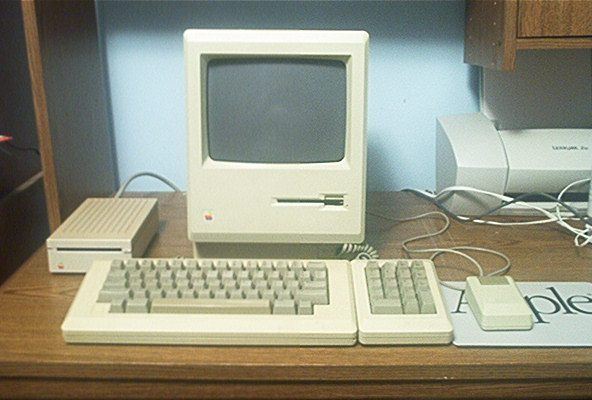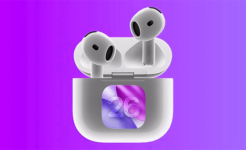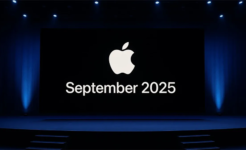
The Glorious History of Macintosh 128
Apple launched its Macintosh project in September of 1979, when Jef Raskin, an Apple employee, envisioned an easy-to-use, low-cost computer for the average consumer.
They say that Jef Raskin wanted to name the computer after his favorite type of apple, the “McIntosh”. The spelling was then changed to “Macintosh” for legal reasons, as the original was the same spelling as that used by Macintosh Laboratory, Inc., the audio equipment manufacturer.
Steve Jobs requested that Macintosh Laboratory, Inc. give Apple a release for the name, but the laboratory denied the request even with its changed spelling. That forced Apple to eventually buy the rights to use the name. (Rumors say that Apple changed the spelling only after early users misspelled McIntosh, however Jef Raskin had adopted the Macintosh spelling by 1981. At this time, the Mac computer was still a single prototype machine in the lab, so no users could have misspelled the name.)
When Apple started hiring for the project, Raskin asked his long-time colleague, Brian Howard, to join him. Then Burrell Smith, a self-taught engineer who worked as a service technician, also joined the team.
Over the years, Jef Raskin continued to assemble a large development team that not only designed, but built the original Macintosh hardware as well as the original version of the Mac OS operating system, which the computer ran.
Burrell Smith’s first Macintosh board was built to Raskin’s design specifications and had 64 kB of RAM. It used the Motorola 6809E microprocessor and was capable of supporting a 256×256-pixel, black-and-white bitmap display.
By December 1980, Smith had succeeded in designing a board that not only used the 68000, but increased its speed from 5 MHz to 8 MHz. This board had the capacity to support a 384×256-pixel display.
The final Mac design was self-contained and had the complete QuickDraw picture language and interpreter in 64 kB of ROM – far more than most other computers. The prototype had 128 kB of RAM, in the form of sixteen 64 kilobit (kb) RAM chips soldered to the logic board. There were no memory slots, but RAM was expandable to 512 kB by means of soldering sixteen IC sockets to accept 256 kb RAM chips in place of the factory-installed chips. The final screen was a 9-inch, 512×342 pixel monochrome display, exceeding the size of the originally planned screen. The first Mac, the famous Macintosh 128K was manufactured at an Apple plant in Fremont, California.
The innovative design set off shock waves within Apple, capturing the attention of the co-founder of Apple, Steve Jobs, however, because of a personality conflict between the two, Jef Raskin left the team in 1981.
After hearing of the pioneering GUI technology being developed at Xerox PARC, Steven Jobs negotiated a visit to see the Xerox Alto computer and its Smalltalk development tools. The Macintosh user interface was influenced by the technology seen at Xerox PARC and was combined with the Macintosh group’s own ideas.
Jobs also commissioned industrial designer Hartmut Esslinger to work on the Macintosh line, resulting in the “Snow White” design language (it was implemented in most mid- to late-1980s Apple computers.)
Jobs’ leadership at the Macintosh project however, did not last. After an internal power struggle with the new CEO John Sculley, Jobs resigned from Apple in 1985. He went on to found NeXT, another computer company targeting the education market and did not return until 1997, when Apple acquired NeXT.
See also:
- Apple Encyclopedia: all information about products, electronic devices, operating systems and apps.
- iGotOffer.com: the best place to sell used Apple computer online for top cash. Free quote and free shipping. BBB A+ rated business.






Facebook
Twitter
RSS